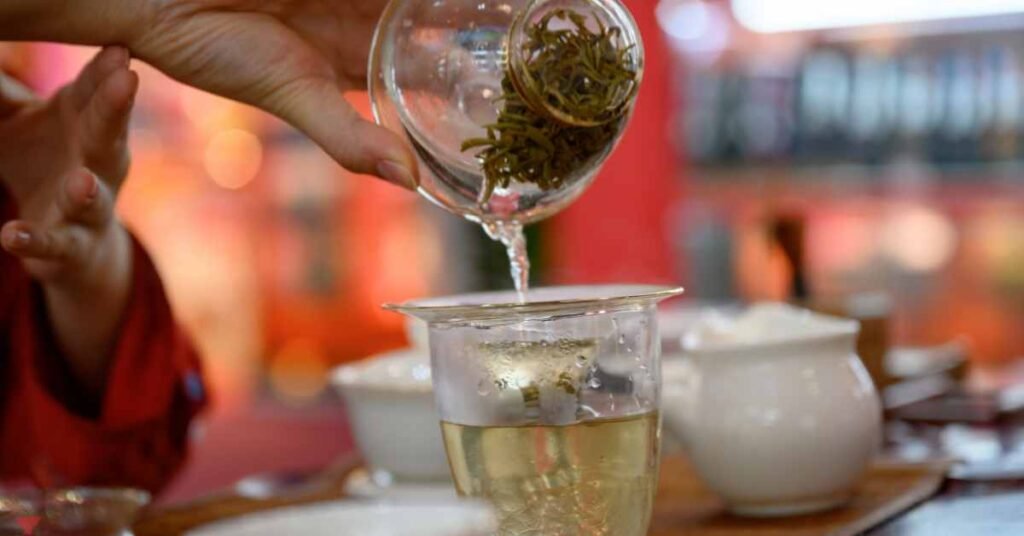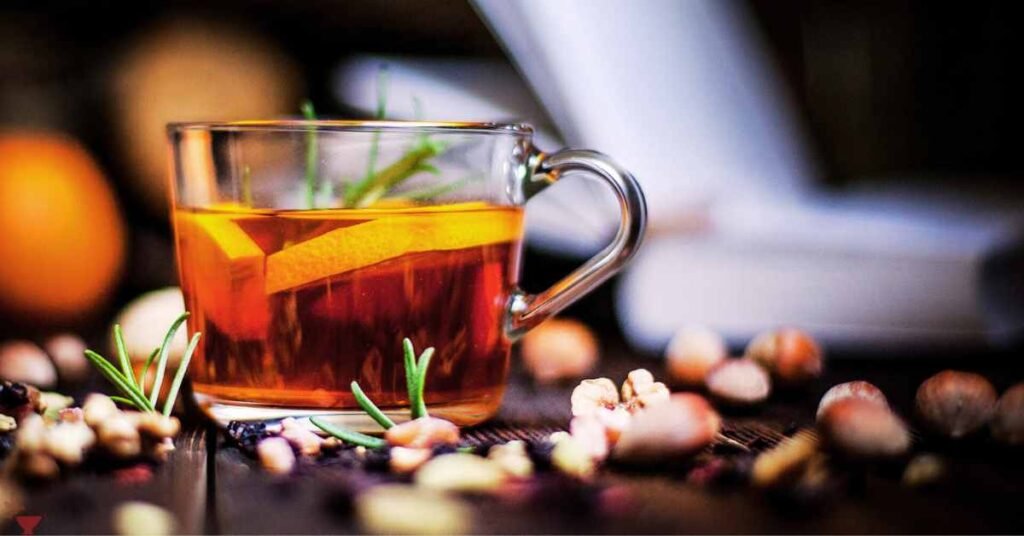Oolong tea stands out in the world of tea for its unique processing method, which involves partial oxidation of the tea leaves.

This distinctive processing technique gives oolong tea its characteristic flavor profile, sitting between the freshness of green tea and the robustness of black tea.
Beyond flavor, this partial oxidation also influences the antioxidant levels in oolong tea, leading to intriguing comparisons with both green and black teas in terms of health benefits.
What is Partial Oxidation?
To understand the impact of partial oxidation on antioxidant levels, let’s first delve into the processing methods of oolong, green, and black teas.
- Green Tea: Green tea undergoes minimal oxidation. After harvesting, the leaves are quickly heated to halt oxidation, preserving their natural green color and delicate flavor. This minimal processing helps retain high levels of catechins, potent antioxidants known for their health-promoting properties.
- Black Tea: Black tea, on the other hand, undergoes complete oxidation. The leaves are allowed to fully oxidize before drying, resulting in a darker color and a rich, robust flavor. This process transforms catechins into theaflavins and thearubigins, which also possess antioxidant properties but in different proportions compared to green tea.
- Oolong Tea: Oolong tea falls between green and black teas in terms of oxidation. The leaves are partially oxidized which leads to the development of unique compounds, including polymerized polyphenols and theaflavins, contributing to oolong tea’s complex taste and potential health benefits.
Antioxidant Levels: Oolong vs. Green vs. Black Teas

- Catechins: Green tea is renowned for its high catechin content, particularly epigallocatechin gallate (EGCG), a powerful antioxidant linked to various health benefits, including improved heart health and potential cancer prevention. Due to minimal oxidation, green tea retains a significant amount of catechins compared to oolong and black teas.
- Theaflavins and Thearubigins: Black tea, with its complete oxidation process, sees the transformation of catechins into theaflavins and thearubigins. These compounds contribute to black tea’s antioxidant profile, offering potential benefits such as cholesterol reduction and antioxidant activity against free radicals.
- Polymerized Polyphenols: Oolong tea, with its partial oxidation, develops polymerized polyphenols, which are larger molecules with potential antioxidant properties. While not as extensively studied as catechins or theaflavins, these compounds add to the overall antioxidant capacity of oolong tea.
Health Benefits and Considerations
The antioxidant levels in tea are just one aspect of their potential health benefits.
Green tea, rich in catechins, is often associated with metabolic support, weight management, and cardiovascular health.
Black tea, with its theaflavins and thearubigins, may offer benefits for cholesterol levels and heart health.
Oolong tea, with a unique blend of catechins, theaflavins, thearubigins, and polymerized polyphenols, presents a fascinating middle ground.
Studies suggest that oolong tea may support weight management, improve mental alertness, and contribute to overall well-being, thanks in part to its diverse antioxidant composition.
Final Word

The partial oxidation process of oolong tea plays a significant role in shaping its antioxidant levels and potential health benefits.
While green tea retains high catechin levels, and black tea develops theaflavins and thearubigins, oolong tea offers a blend of these compounds, including polymerized polyphenols unique to its processing method.
This diversity in antioxidants contributes to oolong tea’s distinct flavor and its potential role in promoting health and wellness.




